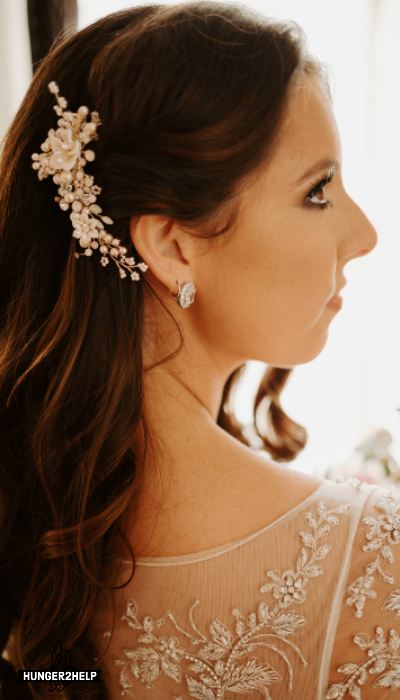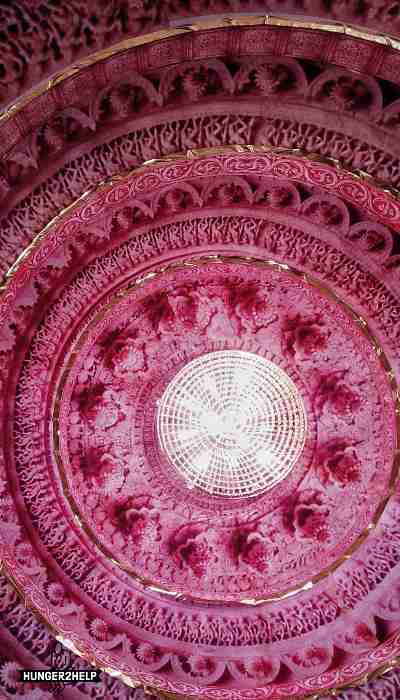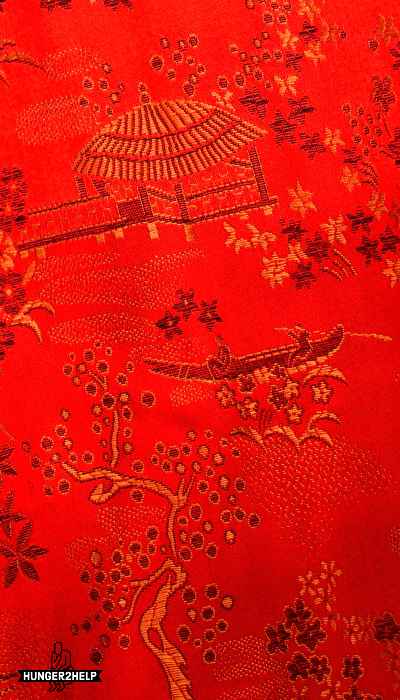Embroidery patterns have been around forever and are used to teach people how to do certain embroidery stitches. Even if you have no desire to make your own embroidery patterns, it’s good to know how to read them and also write them, so you can alter existing ones or create your own as needed. In order to be able to write your own embroidery patterns, you first need to learn the basic symbols that are used in these patterns and what they mean.

How To Make Embroidery Patterns?
Whether you want to stitch a design onto a piece of clothing or personalize a household item, making your own embroidery pattern is a great way to get exactly the look you want. And it’s not as difficult as you might think! With a little planning and some basic supplies, you can create beautiful custom designs that are perfect for any project. We’ll show you how in four easy steps:
1) Draw or trace your design on paper
2) Transfer it to fabric using carbon paper (or pinning one layer over another)
3) Cut out the shapes with sharp scissors
4) Stitch the shapes in place with embroidery floss.
Use backstitches at the edges and top stitching were necessary to attach them securely. To finish off, either cut off excess thread tails with small scissors or weave them back into the fabric so they won’t be seen later. Remember, these instructions will work for just about any type of design – they’re all made up of basic shapes like circles, triangles, squares, and diamonds. You can use graph paper or grid lines if you need help drawing your shape outlines clearly.
There are also lots of free downloadable templates available online which have grids already drawn on them. When transferring your design to fabric, put the carbon paper (or pins) underneath the first layer and draw on top. If you’re doing a lot of different shapes it may take a while, but there’s no faster way to transfer complicated designs than this technique. It may seem daunting at first, but it really doesn’t take much time once you know what you’re doing! Once your sewing machine is threaded with embroidery floss in the appropriate color, start stitching!
What is embroidery?
Embroidery is a form of needlework using colored thread to decorate materials, often cloth. It typically uses floss or yarn which is manipulated with needles and other tools.
Embroidery can be done by hand or machine, though it’s not always clear which method was used in an embroidered item. Hand-embroidered items tend to be more intricate than machine-embroidered ones because they require much more time and skill from the artist who creates them—and many people enjoy working on their own creations every day!
What do you need to make an embroidery pattern?
To make an embroidery pattern, you will need:
- Pattern paper. This can be found in the paper aisle at most craft stores, or you can purchase pre-made patterns online.
- Pencils and pens with different colors of ink (to mark your lines). You’ll also want a piece of tracing paper or freezer paper to use as a template when transferring your design onto fabric. You’ll need these tools for each step of the process, so be sure to buy them before starting!
- Embroidery hoops and fabric to stitch on. You’ll need a hoop for each piece of fabric that you want to embroider, so be sure to buy enough! Embroidery floss or yarn and needles. These are available in any craft store, but if you’re looking for less expensive options, check out thrift stores or garage sales—you might even find some vintage supplies there!
- A design for your embroidery. You can find a pattern online or make one yourself. If you’re looking for inspiration, try searching for something like “embroidery patterns.”
- A hoop stand. You can use a regular embroidery hoop or make your own by cutting out cardboard circles and gluing them together with hot glue.
How do you choose your options for an embroidery pattern?

- Choose a stitch type. This can be any of the basic stitches, including satin stitches, running stitches, backstitch, and crosshatching.
- Choose a stitch size. The number of threads per inch will depend on your preference for how thick or thin you want your pattern to be. Some people like big designs with lots of filling in; others prefer smaller ones that don’t take up much space when stitched out on the fabric.
- Choose a stitch length: For example, if you want your design to run across multiple layers but only have one layer available for stitching (like when filling in an embroidery frame), then it might be best not to use anything longer than about 5 mm (1/4″). If however there are two layers available then this may allow enough room between them so that everything lines up correctly afterward without having gaps between any parts as well as allowing enough space above each border line so nothing gets cut off by mistake either side way around during cutting out process later down the road too!
- If you are having trouble with the tension on your machine, then it might be best to try a shorter stitch length. This will help to ensure that your stitches are more even and less likely to pull out later on when being cut out or sewn together. If however you find that this isn’t working for you and still have issues with uneven stitches, then try adjusting the tension instead by going up or down one notch at a time until things start looking better again.
Why you should design your own embroidery pattern?
The first thing to consider is why you want to design your own embroidery pattern. The answer may be as simple as wanting a pattern that’s exactly how you want it, but sometimes it can be more complex than that.
You might have an idea for a project and need something specific—like an animal with stripes or eyes of different colors. Or maybe there’s a particular person in your life who inspires you, so they get their own embroidery pattern! Or perhaps someone has been asking for one of these special things (like having their name or initials) on hand-made items like scarves or mugs…and now they’re finally able to!
Whatever the reason, there are many benefits to creating your own embroidery pattern. Not only do you get exactly what you want, but it’s also a great way to showcase your skills and creativity—and maybe even make some extra money!
How to create your own pattern?

When you’re starting to design your own embroidery pattern, it’s important to remember that this is a creative process. There are many ways to get started with your new pattern—you can use a blank pattern or you can use an existing one as a template for the new one.
You may also want to look at other people’s work and see what kind of styles they prefer when making their patterns. Is there something specific about how they draw their lines? Do they use more “lines” than “squares” when drawing their designs? These kinds of details will help guide your own designs down the right path!
The next step is to decide what kind of design you want to create. Do you want a pattern that’s simple and small, or do you want something more complex? Do you have something specific in mind? If so, try sketching out some ideas first before getting started with the embroidery machine. Once you’ve decided what kind of design to make, it’s time to get started!
Embroidery patterns have many uses
Embroidery patterns are a great way to add detail and personality to your projects. You can use them in quilting, sewing, and embroidery.
Embroidered items make great gifts for friends or family members as well as yourself. They are also decorative pieces that can be used in your home or office decorating scheme. Embroidery patterns are a great way to add detail and personality to your projects. You can use them in quilting, sewing, and embroidery. Embroidered items make great gifts for friends or family members as well as yourself. They are also decorative pieces that can be used in your home or office decorating scheme
Making a pattern is easier than it seems
In this tutorial, we’re going to show you how easy it is to make a pattern for your embroidery project.
If you have ever tried using a computer program like Photoshop or Illustrator before and found it too complicated or intimidating, then don’t worry! You can use a program like Gimp or Inkscape instead—they’re both free and available online (and they’re great!). There are also many other options out there if these aren’t your cup of tea. We recommend Corel Painter because it’s so easy to use (and free).
Conclusion
Once you have a basic understanding of embroidery and how it can be used to make patterns, you’ll be ready to create your own. It may take some trial and error, but with the right guidance from us here at Bead-work Studio, we hope that you will find the process exciting and rewarding. If you have any questions or comments, please feel free to reach out! We’re always happy to help.
Also, check out my recent articles “Crafts for adults” and”Easy paper craft flowers“
Hi I’m Bilal Malik, a digital marketing and blogging expert holding years of experience.










